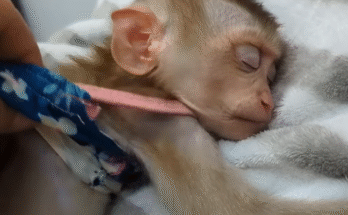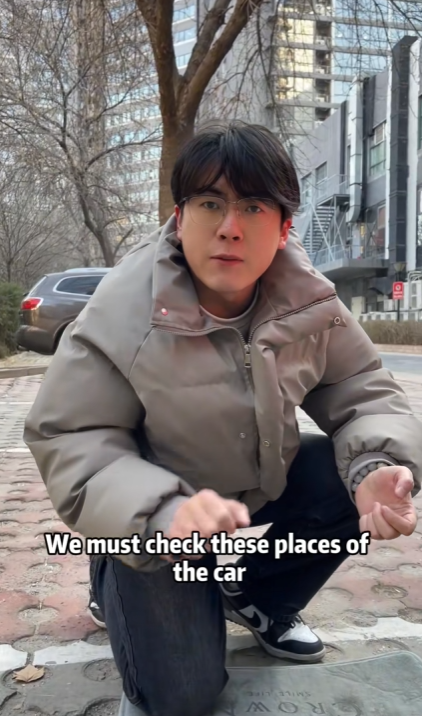
Buying a used car can be a great way to save money, but it also comes with risks—especially if the vehicle has been in a past accident. Even if the car looks shiny on the outside, hidden damage could affect safety, performance, and long-term reliability. That’s why it’s important to investigate thoroughly before making a purchase.
In this guide, we’ll go over practical, step-by-step ways to check if a used car has been in an accident so you can make an informed decision and avoid costly surprises.
1. Check the Vehicle History Report
One of the first and easiest steps is to request a vehicle history report from reputable services such as Carfax, AutoCheck, or the car’s local equivalent in your country. These reports often include:
- Accident history (date, location, severity)
- Title status (clean, salvage, rebuilt)
- Previous ownership and mileage records
- Service and maintenance records
Keep in mind that not all accidents are reported to insurance companies, so a “clean” report doesn’t guarantee the car has never been in a collision. However, it’s still a valuable first step to spot red flags.
2. Look for Mismatched Paint and Body Panels
A visual inspection can reveal subtle signs of previous damage. Look closely at:
- Color variations – Paint that looks slightly different on certain panels could mean a repair or repaint job.
- Overspray – Paint on areas that shouldn’t be painted (rubber seals, headlights, taillights) can indicate a quick, low-quality paint repair.
- Panel alignment – Gaps between panels that are uneven or misaligned may point to bodywork after an accident.
Inspect the car under natural daylight when possible, as artificial light can hide imperfections.
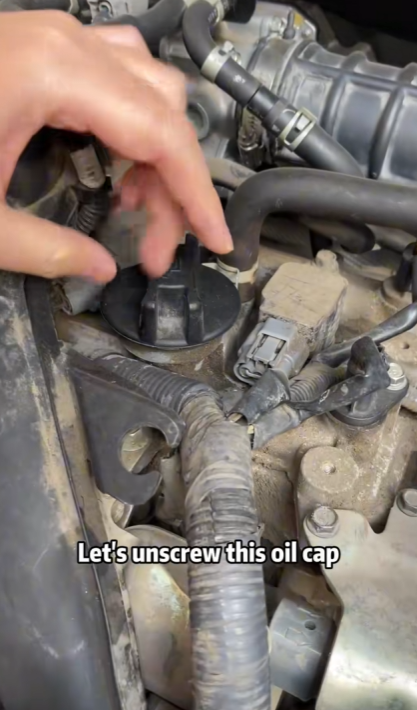
3. Examine the Frame and Underbody
The frame is the car’s backbone, and damage here can compromise safety. Check for:
- Weld marks or fresh undercoating – Could hide repaired frame damage.
- Bent or uneven sections – Look at the frame rails, suspension mounting points, and trunk floor for distortion.
- Signs of rust in odd places – Could mean the car was in a flood or repaired poorly after an accident.
If you’re not confident doing this yourself, a mechanic with a lift can inspect these areas thoroughly.
4. Inspect the Headlights and Taillights
Lighting components can reveal accident history:
- Different brand or model – If one headlight is newer or from a different brand, it may have been replaced after a crash.
- Uneven alignment – Misaligned headlights or taillights can be a sign of body repairs.
- Fogging or condensation – May indicate damage to the light housing during an accident.
5. Check for Airbag Deployment Signs
Airbags are expensive to replace, and not all sellers do it properly after an accident. Look for:
- Dashboard inconsistencies – Uneven or misfitting dashboard panels could mean the airbag compartment was opened.
- Missing or mismatched airbag labels – Compare them to manufacturer specifications.
- Warning lights – The airbag light should briefly illuminate when starting the car and then go off. If it stays on or doesn’t come on at all, it could indicate tampering.
6. Look at the Windshield and Windows
Cracks, chips, or replaced glass can point to collision damage—especially if the replacement is low quality or mismatched. Check:
- Manufacturer markings – Original windows often have matching date codes; mismatched ones may mean replacement after damage.
- Seal quality – Uneven or messy seals around the glass could be a repair job.
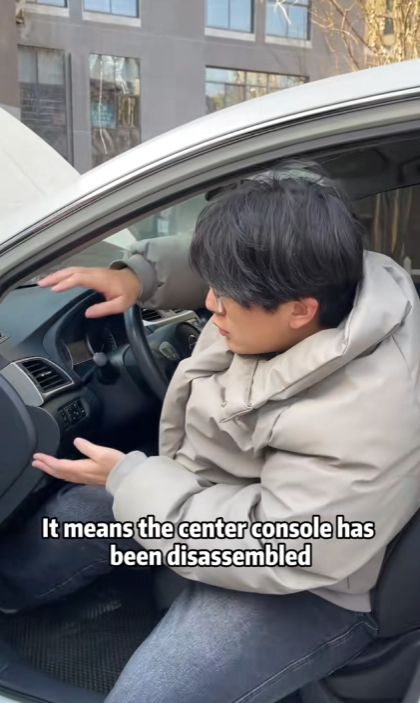
7. Open and Close All Doors, Hood, and Trunk
Poor alignment, stiffness, or unusual noises when opening or closing could mean the frame was bent and repaired. Pay attention to:
- Gaps between doors and body
- Latches that don’t close smoothly
- Rubber seals that are uneven or missing
8. Test Drive for Performance Issues
A road test can uncover problems that a parked inspection might miss:
- Steering pull – If the car drifts to one side, it could be from frame misalignment.
- Vibrations – Unusual vibrations could indicate damaged suspension or wheels.
- Unusual noises – Clunking, rattling, or squeaking noises might be signs of accident-related wear.
9. Check the Tires for Uneven Wear
Tires that wear unevenly could be a sign of misaligned suspension or frame damage from a collision. Compare tread depth across all tires—significant differences are worth investigating.
10. Ask the Seller Directly
While not all sellers will be honest, asking direct questions can still provide useful information:
- “Has this car ever been in an accident?”
- “Were any major parts replaced?”
- “Do you have repair receipts?”
Sometimes, the seller may disclose minor accidents that weren’t recorded in official reports.
11. Get a Professional Pre-Purchase Inspection
Even if you’re confident in your own checks, having a qualified mechanic inspect the car before buying is a smart move. They can use specialized tools to detect frame damage, measure paint thickness, and check alignment. This service typically costs a small fraction of what you could lose on a bad purchase.
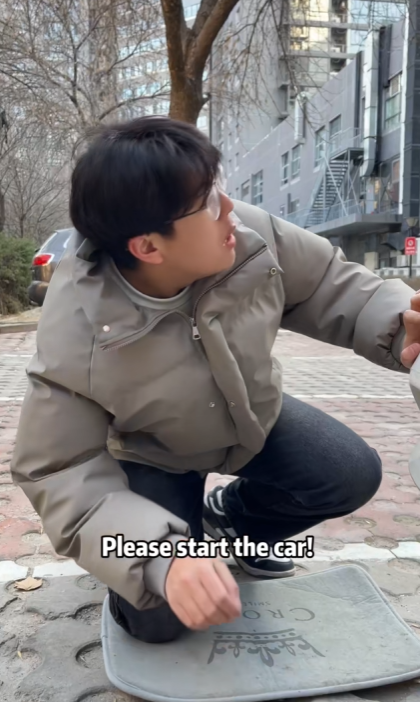
12. Be Cautious with “Too Good to Be True” Deals
If the price is much lower than market value, there’s often a reason. Salvage or rebuilt title cars can be cheaper, but they usually come with hidden issues, lower resale value, and higher insurance premiums.
Final Thoughts
Determining if a used car has been in an accident isn’t always straightforward. A clean paint job and shiny exterior can hide structural damage, and not every incident is recorded in official databases. That’s why you should combine several methods—history checks, visual inspections, test drives, and professional evaluations—to get the clearest picture possible.
Remember: it’s better to walk away from a suspicious deal than to end up with a car that costs you thousands in repairs or, worse, compromises your safety. Taking the time to thoroughly inspect a used vehicle will give you peace of mind and ensure you get the reliable ride you deserve.


